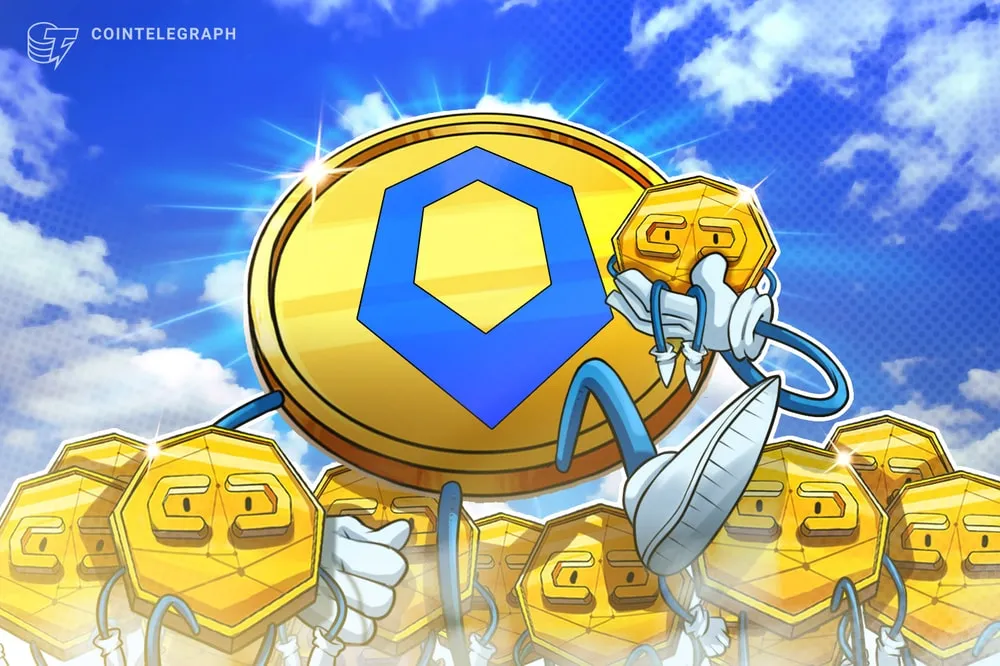
What does this mean for tokenization?
In one word: efficiency
Blockchains are isolated or closed systems by default, which means that they cannot access data from alternative platforms. Of course, this isn't something that every user thinks about, mostly because it's all backend stuff and end users only care about what they see and interact with and not necessarily what enables it all.
As such, people can discuss things like decentralized exchanges, tokenization, automation, etc, without ever talking about certain critical techs that enable it all.
One of such is Chainlink's price feeds. Whilst not every blockchain project uses this, it has grown to become a significant choice where supported.
But what really is Chainlink's price feeds?
Chainlink's Price Feeds are decentralized data streams that provide real-time, tamper-proof prices for various assets — such as cryptocurrencies, fiat currencies, commodities, and even equities — to smart contracts on blockchains. – ChatGPT
Why would smart contracts need Chainlink's price feeds?
Blockchain smart contracts can only read what is present in its environment, meaning that if a set of data exists outside of the native chain, it cannot read nor make use of it without a cross-chain communication layer or oracle.
For instance, Ethereum native smart contracts cannot directly read the prices of assets on centralized exchanges or even alternative blockchains.
With Chainlink's price feeds, Ethereum smart contracts can access accurate price data of said assets. Chainlink infrastructure acts as the bridge that minimizes trust and offers high-quality, low-latency data.
Projects that don't use Chainlink typically use similar alternative services or build custom Oracles to observe off-chain systems and post desired data from those sources, on-chain, for use by smart contracts.
In many cases, this process could be inefficient, hence why Chainlink's recent launch of real-time data streams for US equities and ETFs can be perceived as significant:
We’re excited to launch Chainlink Data Streams for U.S. equities and ETFs—real-time, high-throughput market data that is now available onchain to power the next generation of tokenized financial products. These Data Streams are being adopted by leading DeFi protocols, such as GMX, Kamino, and GMX-Solana.
Now live with leading U.S. equities and ETFs, Chainlink Data Streams are providing real-time, high-throughput pricing for TradFi assets such as SPY, CRCL, QQQ, NVDA, AAPL, MSFT, and much more. These Data Streams are now available across 37 different blockchain networks.
With this launch, developers can access real-time, context-aware data for U.S. equities and ETFs directly onchain, enabling use cases such as tokenized stock trading, perpetual futures, and synthetic ETFs—all with institutional-grade reliability. This breakthrough unlocks a new era of advanced financial products by bringing capital markets data onchain, along with unique features like market hours enforcement, staleness detection, and high-frequency pricing from premium data providers. Ultimately, these Chainlink Data Streams are accelerating the convergence of traditional finance and onchain innovation. – Chainlink announcement
I think the piece of information with the most weight to argue for the significance of this launch is “features like market hours enforcement.”
Lately, we've had several reports on the tokenization of stocks and what has been a common highlighted concern has been the potential exploitation of differing market hours for these traditional assets, now trading on-chain.
This launch could be instrumental to building on-chain stock markets with less vulnerability. In a lot of ways, this significantly improves the efficiency and appeal of tokenized equities and ETFs.